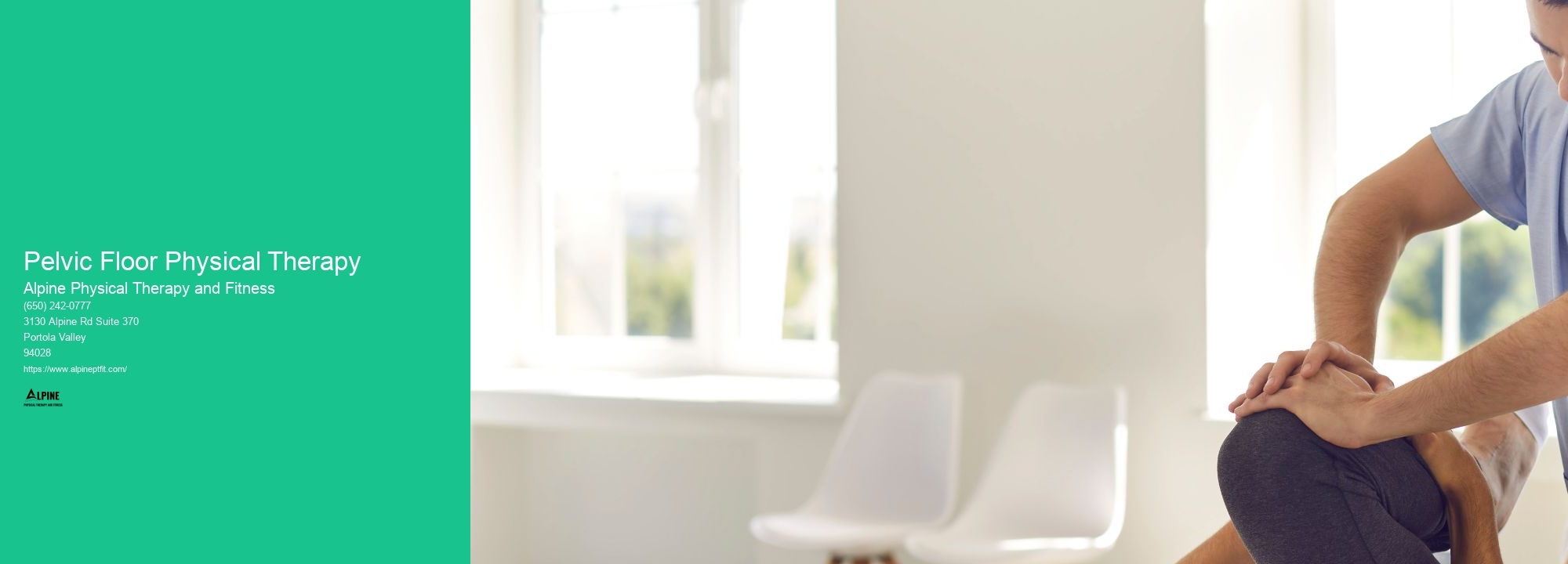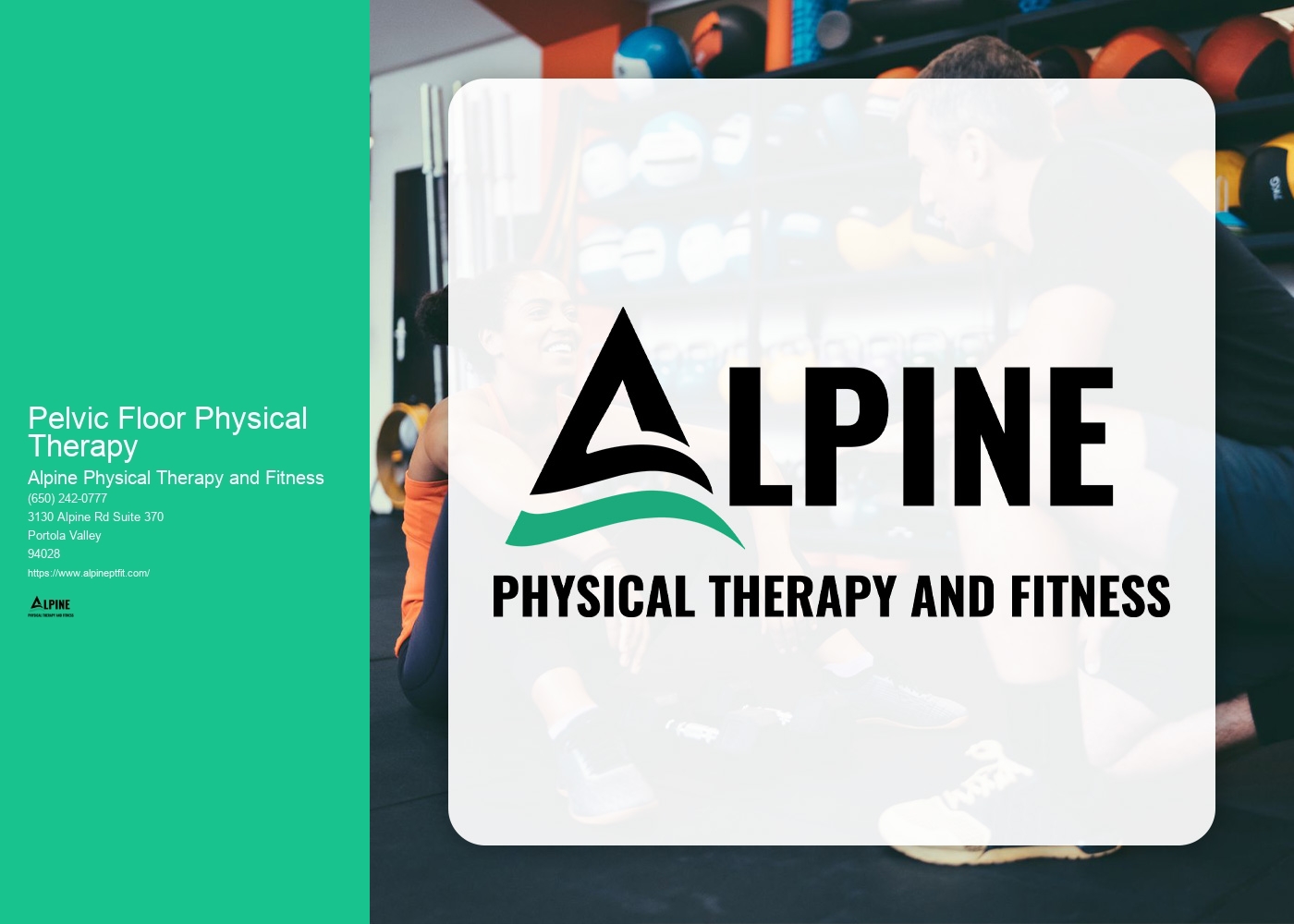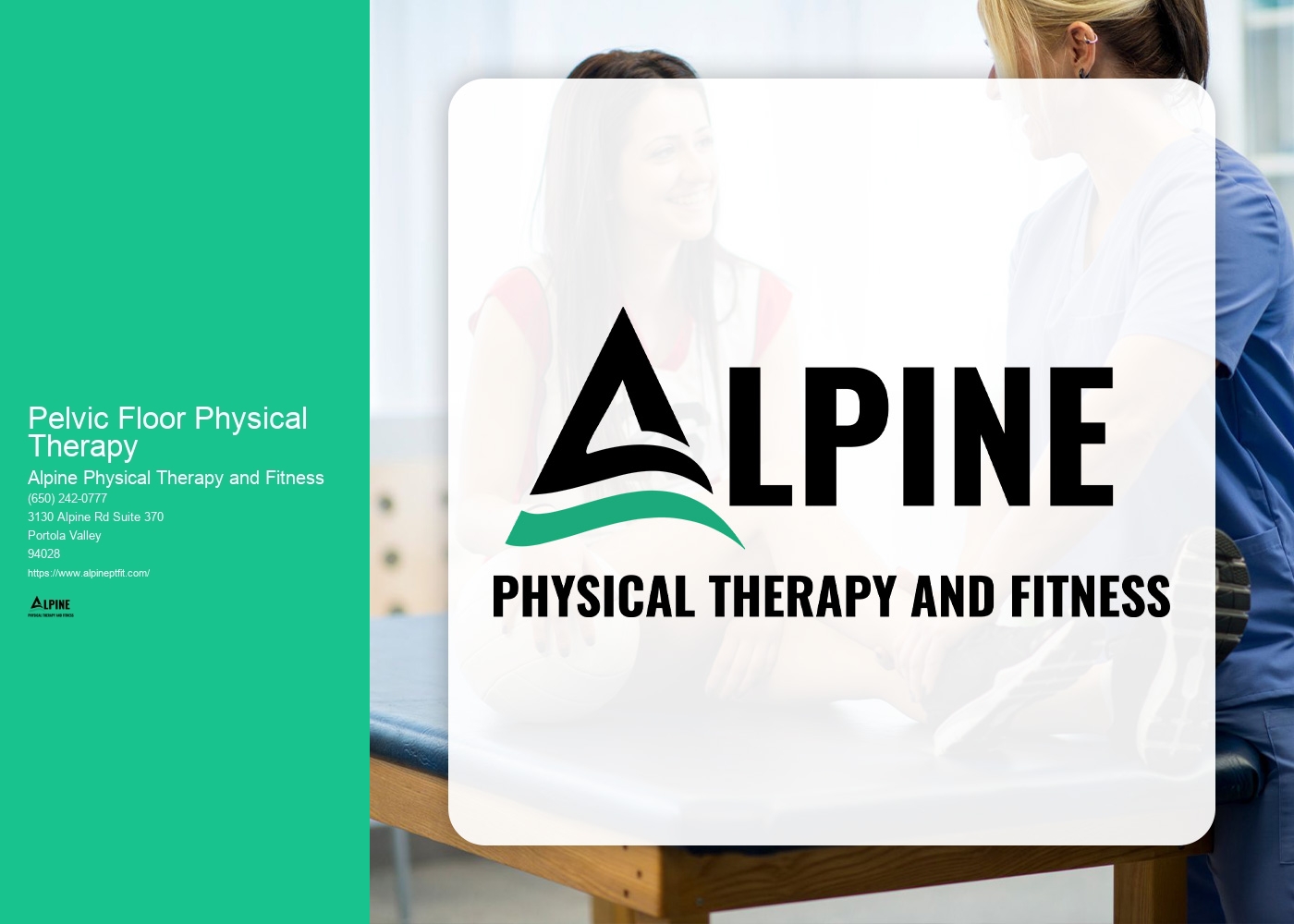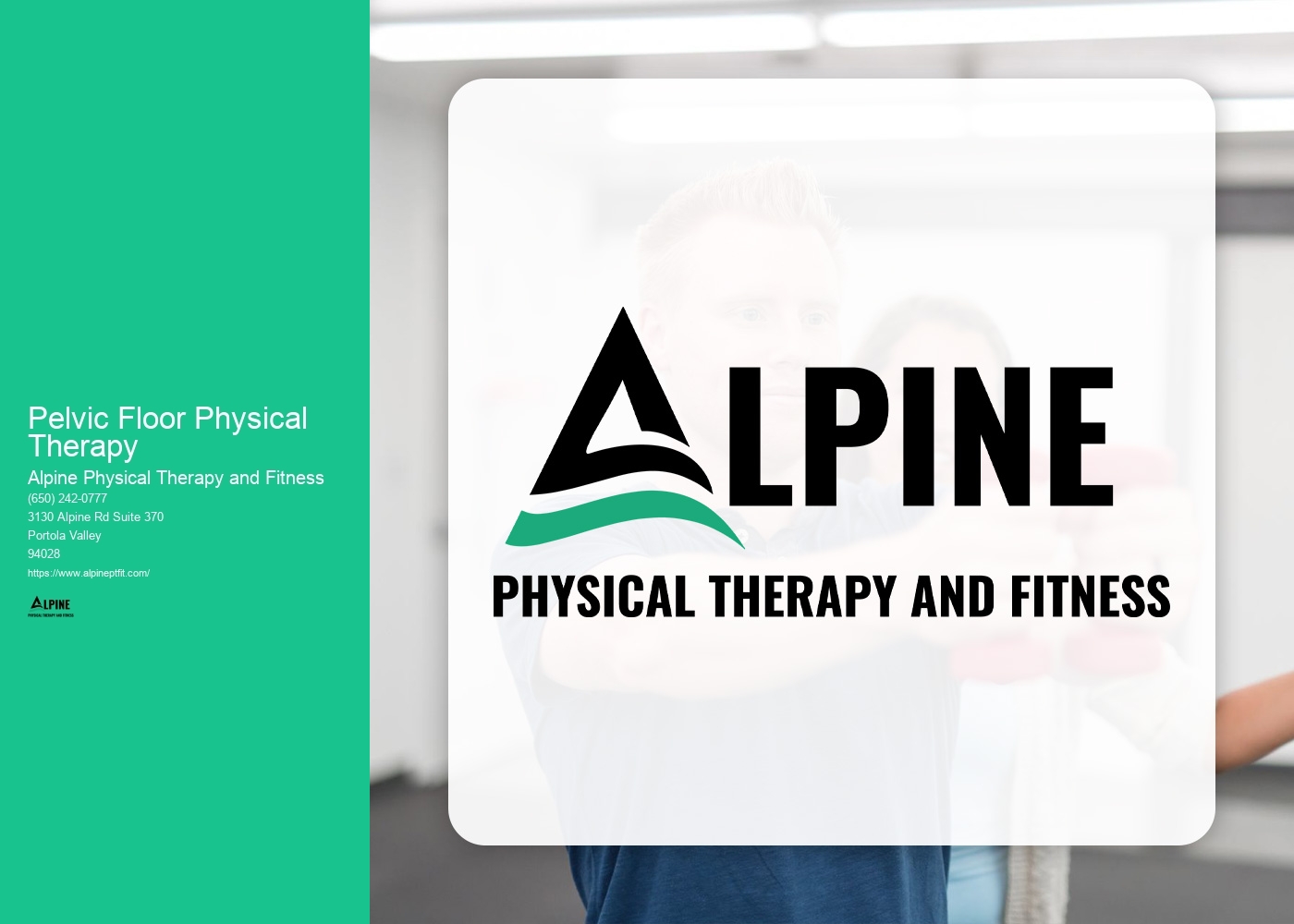

Pelvic floor physical therapy is a specialized form of physical therapy that focuses on the muscles, ligaments, and connective tissues of the pelvic floor. The pelvic floor is a group of muscles that support the organs in the pelvis, including the bladder, uterus, and rectum. Pelvic floor physical therapy aims to improve the strength, flexibility, and coordination of these muscles to address various pelvic floor dysfunctions.
One common issue that pelvic floor physical therapy can help with is urinary incontinence. Urinary incontinence is the involuntary leakage of urine, and it can be caused by weak or overactive pelvic floor muscles. Pelvic floor physical therapy can help by teaching patients exercises to strengthen the pelvic floor muscles, improving their ability to control urine flow. Additionally, therapists may use techniques such as biofeedback to help patients become more aware of their pelvic floor muscles and learn how to relax and contract them appropriately.
Pelvic floor physical therapy can also be beneficial for individuals experiencing pelvic pain. Pelvic pain can have various causes, including muscle tension, nerve irritation, or inflammation. Pelvic floor physical therapy can help by addressing muscle imbalances and tension in the pelvic floor muscles, promoting relaxation and reducing pain. Therapists may use manual techniques, stretching exercises, and relaxation techniques to alleviate pelvic pain and improve overall pelvic floor function.

There are several common conditions that pelvic floor physical therapy can treat. These include pelvic organ prolapse, which is the descent of one or more pelvic organs into the vaginal canal; dyspareunia, which is pain during sexual intercourse; and fecal incontinence, which is the inability to control bowel movements. Pelvic floor physical therapy can also be helpful for individuals recovering from childbirth or surgery in the pelvic area.
The duration of a typical pelvic floor physical therapy session can vary depending on the individual's needs and the therapist's treatment plan. However, sessions typically last between 30 minutes to one hour. During the session, the therapist will assess the patient's condition, provide education on pelvic floor anatomy and function, and guide the patient through exercises and techniques to address their specific concerns.

While pelvic floor physical therapy may involve some discomfort or pressure during certain exercises or manual techniques, it should not be painful. The therapist will work closely with the patient to ensure their comfort and adjust the treatment as needed. It is important for patients to communicate any discomfort or pain they may experience during the session so that the therapist can make appropriate modifications.
The timeline for seeing results from pelvic floor physical therapy can vary depending on the individual and the severity of their condition. Some patients may experience improvements in their symptoms within a few weeks of starting therapy, while others may require several months of consistent treatment to see significant changes. It is important for patients to follow their therapist's recommendations and adhere to their home exercise program to optimize the effectiveness of pelvic floor physical therapy. Regular communication with the therapist is also crucial to track progress and make any necessary adjustments to the treatment plan.

Strain-counterstrain is a technique used in manual therapy that aims to alleviate pain and restore proper function by reducing muscle tension and improving joint mobility. This approach involves the gentle positioning of the body in a position of comfort, which is opposite to the direction of the strain or dysfunction. By holding this position for a short period of time, the therapist allows the muscles and tissues to relax, reducing the strain and promoting healing. Strain-counterstrain is particularly effective in treating musculoskeletal conditions such as muscle spasms, joint restrictions, and postural imbalances. It is often used in conjunction with other manual therapy techniques to provide comprehensive and individualized care to patients.
Core strengthening plays a significant role in women's health physical therapy due to its numerous benefits for overall well-being. The core muscles, including the abdominals, back muscles, and pelvic floor, provide stability and support to the spine and pelvis. By targeting these muscles through specific exercises, women can improve their posture, balance, and overall body mechanics. Additionally, a strong core can help alleviate back pain, improve pelvic floor function, and enhance athletic performance. In women's health physical therapy, core strengthening exercises are often incorporated to address conditions such as diastasis recti, pelvic organ prolapse, and urinary incontinence. By focusing on strengthening the core, women can improve their quality of life and regain control over their bodies.
Physical therapy can play a crucial role in the recovery of a soccer player with a hamstring strain. The therapist will design a personalized treatment plan that focuses on reducing pain, promoting healing, and restoring function. This may include a combination of manual therapy techniques, such as soft tissue mobilization and joint mobilization, to improve flexibility and range of motion. Additionally, therapeutic exercises will be prescribed to strengthen the hamstring muscles and surrounding muscles, improving stability and preventing future injuries. The therapist may also incorporate modalities like heat or ice therapy, electrical stimulation, and ultrasound to further aid in pain relief and tissue healing. Through regular physical therapy sessions, the soccer player can expect to regain strength, flexibility, and endurance, allowing them to return to the field safely and confidently.
Physical therapy plays a crucial role in the post-hip replacement rehabilitation process for seniors. It is a specialized form of rehabilitation that focuses on restoring mobility, strength, and function to the hip joint. Physical therapists use a variety of techniques and exercises to help seniors regain their independence and improve their quality of life. These may include range of motion exercises, strengthening exercises, balance training, gait training, and pain management techniques. The goal of physical therapy is to help seniors regain their ability to perform daily activities, such as walking, climbing stairs, and getting in and out of a chair, with minimal pain and discomfort. Additionally, physical therapy can help prevent complications such as muscle weakness, joint stiffness, and falls, which are common after hip replacement surgery. By working closely with physical therapists, seniors can achieve optimal outcomes and successfully return to their normal activities.
Physical therapy can indeed improve performance in professional athletes. By addressing specific injuries or imbalances, physical therapists can help athletes regain strength, flexibility, and range of motion, allowing them to perform at their best. Through targeted exercises and techniques, physical therapy can also enhance an athlete's overall conditioning, endurance, and agility. Additionally, physical therapists can provide guidance on injury prevention strategies, helping athletes avoid future setbacks and maintain optimal performance. With their expertise in biomechanics and movement analysis, physical therapists can tailor treatment plans to the unique needs of each athlete, maximizing their potential and minimizing the risk of re-injury. Overall, physical therapy plays a crucial role in optimizing performance and ensuring the long-term success of professional athletes.
Physical therapy can play a crucial role in addressing chest pain in patients with angina. Through a comprehensive approach, physical therapists aim to improve cardiovascular health, reduce symptoms, and enhance overall quality of life. They may employ various techniques such as aerobic exercise, strength training, and flexibility exercises to improve heart function, increase blood flow, and reduce the workload on the heart. Additionally, physical therapists may provide education on proper breathing techniques, stress management, and lifestyle modifications to help manage angina symptoms. By tailoring treatment plans to individual needs, physical therapy can effectively alleviate chest pain and improve the overall well-being of patients with angina.